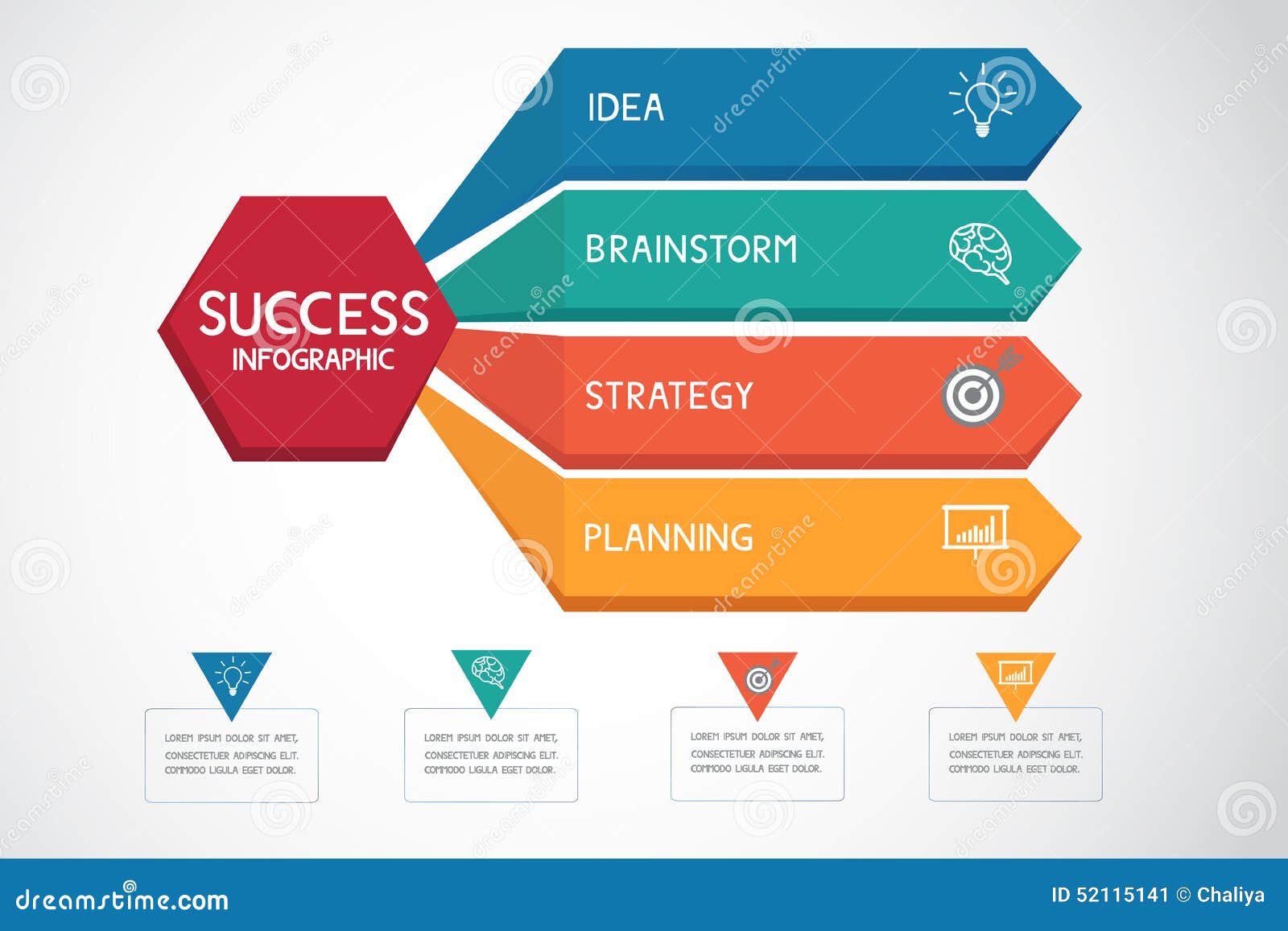Basic Aspects Of Web Design: Guidelines For Developing A User-Centric Site
Basic Aspects Of Web Design: Guidelines For Developing A User-Centric Site
Blog Article
Produced By-Christophersen Ehlers
When it pertains to site style, making sure user-friendliness is key. From receptive layout to structured navigating, every element plays an important function in creating a site that deals with your audience's requirements. However what about the finer information that can make or damage a customer's surfing experience? Stay tuned as we discover some often-overlooked suggestions that can raise your internet site's functionality to the next degree, making it genuinely stand out in the electronic landscape.
Importance of Responsive Style
Responsive style is a crucial aspect of modern-day site growth. Ensuring your website is responsive methods that it can adapt to various screen sizes and gadgets, offering a seamless experience for individuals.
With the enhancing use of smart devices and tablets to access the internet, having a responsive layout is necessary for getting to a broader audience. It helps in improving user experience by making your site easy to browse and read on any kind of gadget.
Additionally, receptive style can favorably influence your search engine rankings, as internet search engine like Google prioritize mobile-friendly sites. By having a receptive design, you're also future-proofing your website, as new tools with differing display sizes remain to emerge.
Simplify Navigation Structure
To boost customer experience and assist in easy access to details on your internet site, streamlining the navigating framework is paramount. When developing your site, concentrate on creating a clear and instinctive navigating food selection that assists site visitors discover what they're seeking swiftly.
Limitation the number of food selection items to the fundamentals, organizing associated pages with each other to prevent frustrating individuals. Usage detailed tags that clearly indicate the content of each web page, making it less complicated for customers to recognize where each web link will certainly take them.
Take into consideration carrying out dropdown menus for subcategories to prevent littering the major navigation bar. Additionally, consist of a search bar plainly on the web page for customers that prefer searching for certain details.
Prioritize mobile responsiveness in your navigation design to make certain easy accessibility on all tools.
Maximize Page Tons Speed
Improving page load speed is vital for keeping site visitors on your site. Slow-loading pages discourage individuals and can result in high bounce rates. To maximize mouse click the following web site , begin by optimizing photos. Compress search engine optimization sites without endangering high quality to decrease their data sizes.
Additionally, enable internet browser caching to keep often accessed sources locally, quickening load times for returning site visitors. Minify CSS, JavaScript, and HTML documents by eliminating unnecessary characters, comments, and format, boosting load speed.
Think about making use of a web content distribution network (CDN) to distribute your web site's material across several web servers worldwide, lowering latency for users accessing your website from various areas. ada digital compliance but not least, limit using third-party scripts and plugins, as they can substantially influence load times.
Verdict
In conclusion, by including responsive layout, simplifying navigation, and enhancing page lots rate, you can develop an user-friendly web site that interest a broader audience and boosts user experience. These essential elements make sure that visitors can easily gain access to and browse your website throughout different devices, bring about enhanced involvement and complete satisfaction. By focusing on these key elements, you can construct an effective website that maintains customers returning for more.
